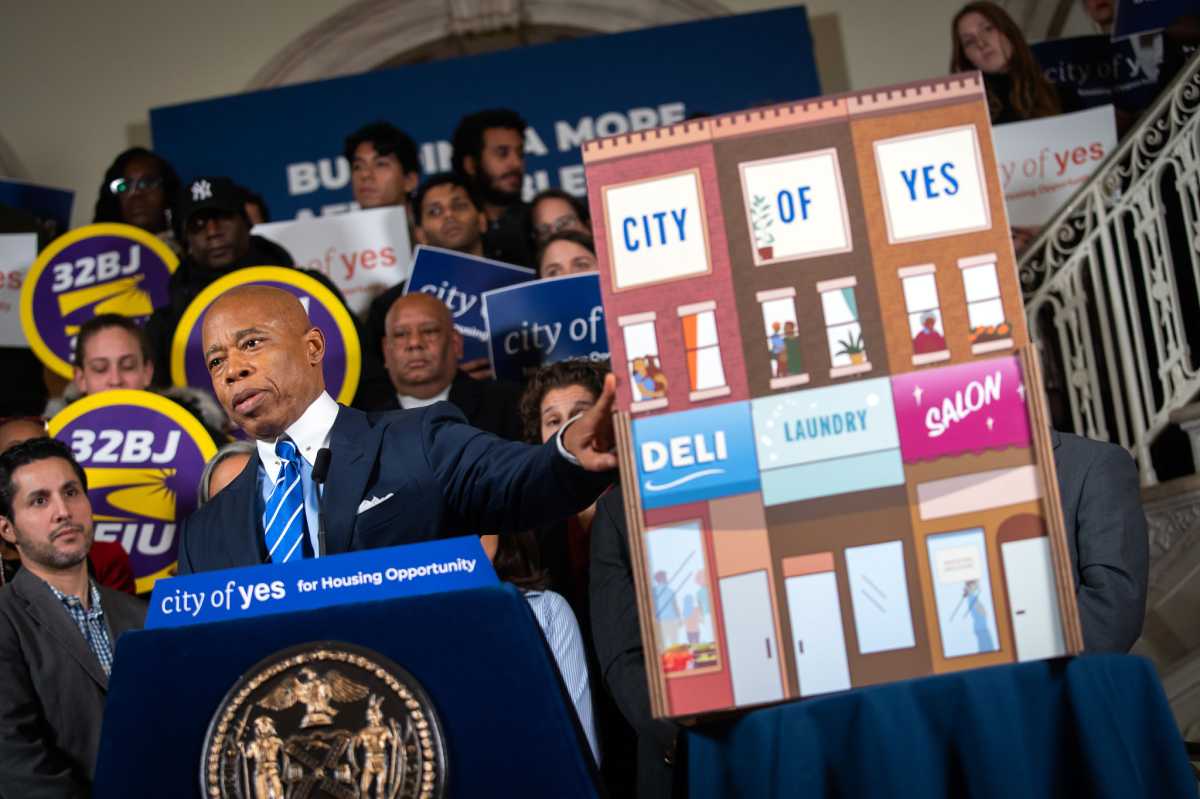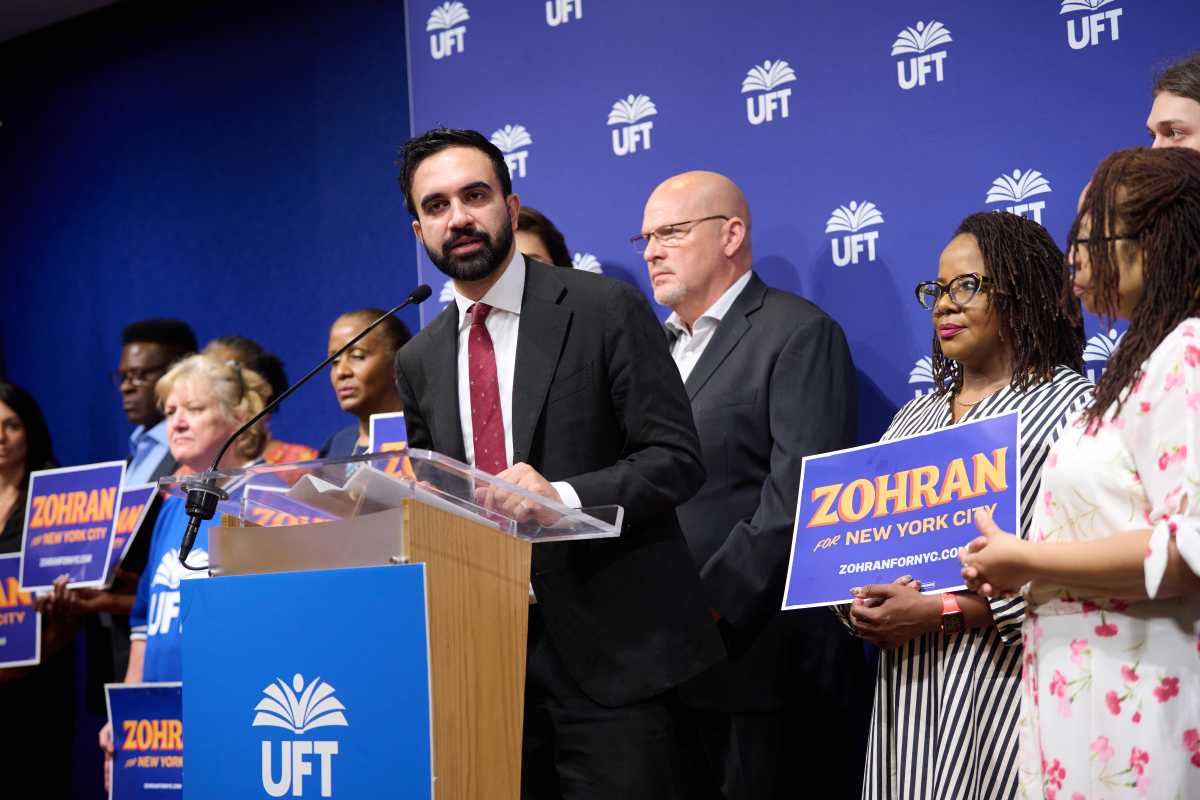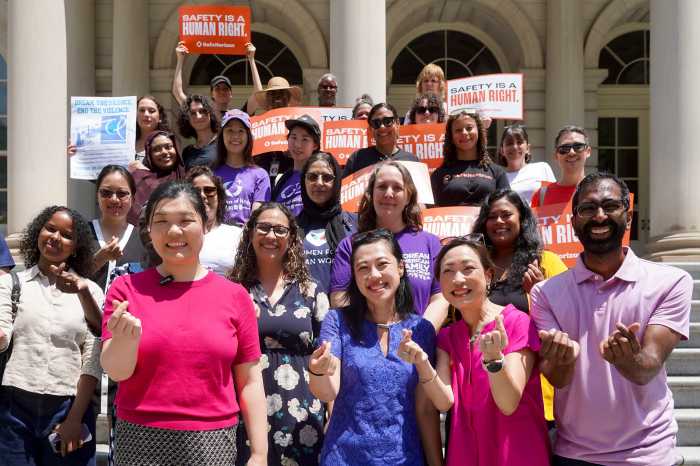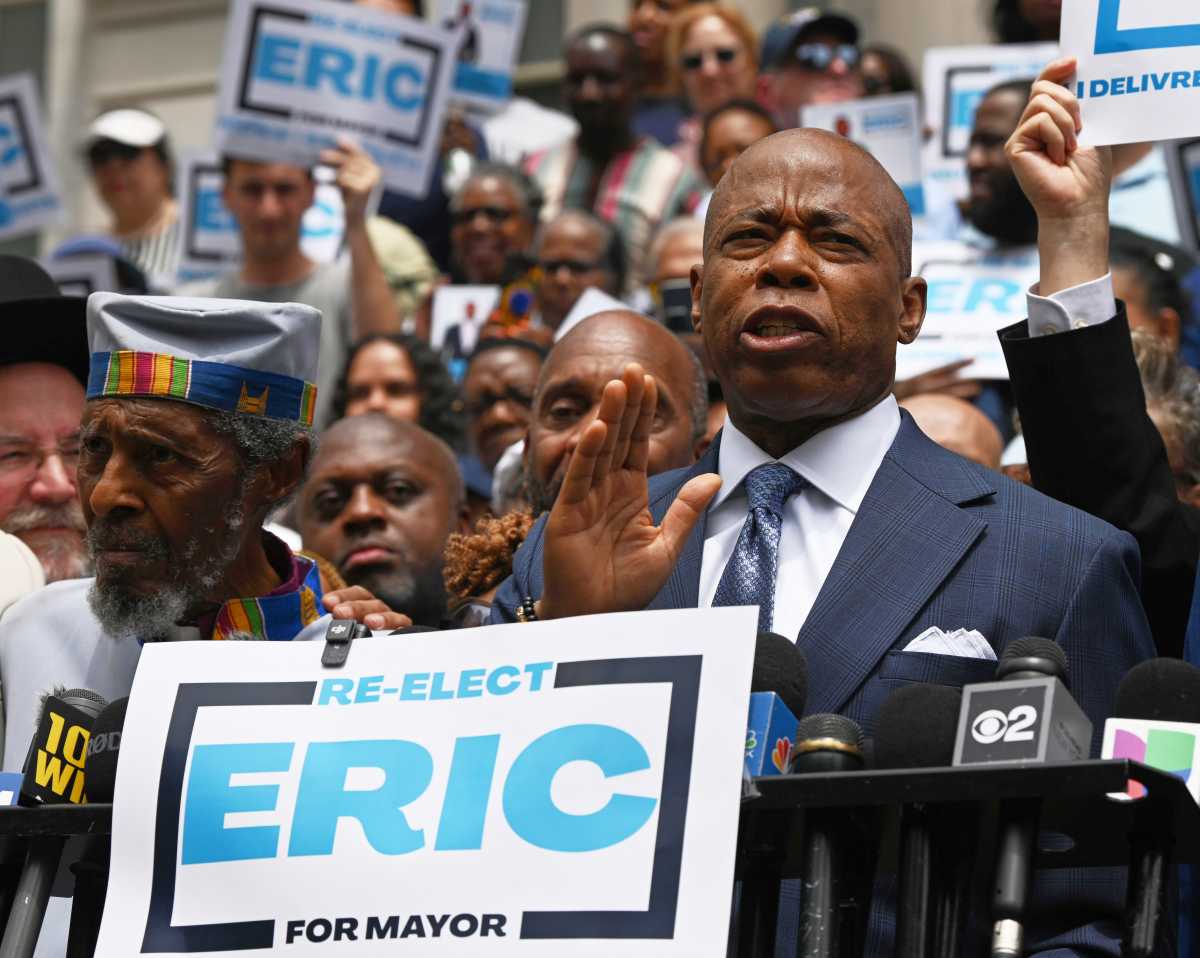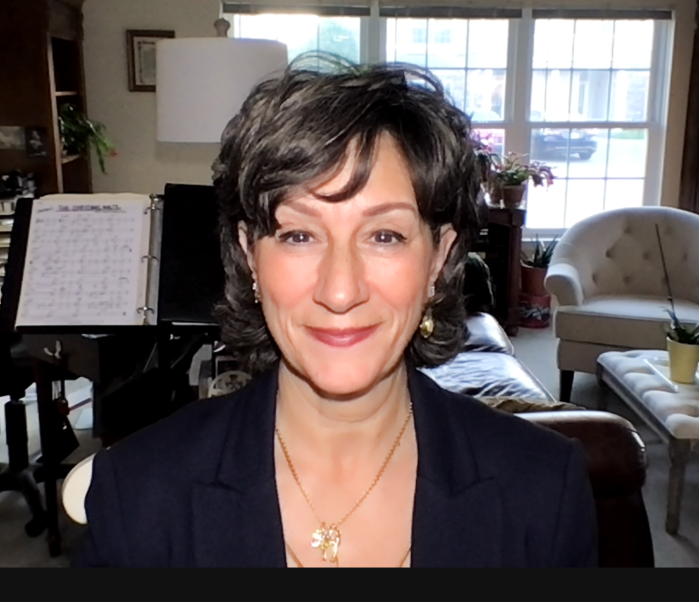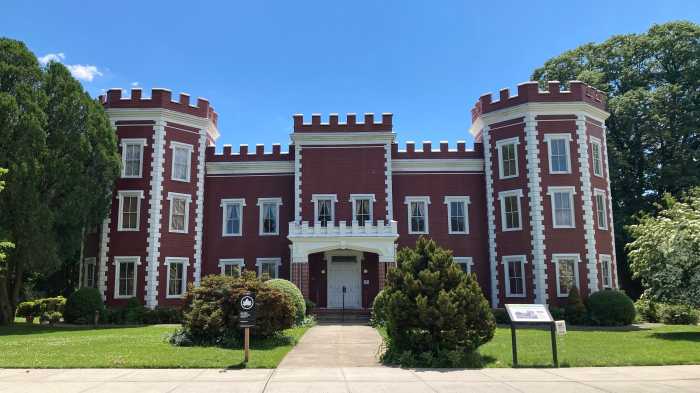Mayor Eric Adams’ controversial zoning reform plan, “City of Yes,” was approved by the New York City Council on Thursday, Dec. 5, with a 31-20 vote.
The approval marks a significant step in the city’s efforts to address its ongoing housing crisis, though it remains highly contentious, particularly among many Queens lawmakers.
The plan, which had been under intense scrutiny for months, was slightly modified after the City Planning Commission approved it on Nov. 21. Originally projected to produce 100,000 new housing units over the next 15 years, the plan now expects to yield 80,000 units. The administration also committed $5 billion in funding, aimed at supporting the City Council’s own housing initiative, “City for All.”
While the plan aims to provide much-needed affordable housing, it has faced fierce opposition from several Queens Council Members, who have voiced concerns over its potential to encourage overdevelopment and strain local infrastructure. In response to the vote, Council Members Robert Holden, Joann Ariola, James Gennaro, Linda Lee, Vickie Paladino, Lynn Schulman, and Sandra Ung all voted against the plan.
These Council Members primarily represent Central and Northeastern Queens where most of the opposition is coming from. The members of Queens Community Board 5 voted overwhelmingly in opposition to the ‘City of Yes’ on June 12, 2024. This board covers neighborhoods such as Ridgewood, Maspeth, Middle Village and Glendale. They believe that the proposed new housing units ‘should be achievable without significantly changing the character of communities and straining the local infrastructure more.’
Similarly, Queens Community Board 7, which represents Bay Terrace, College Point, Beechhurst, Flushing, Malba, Queensboro Hill, Whitestone, and Willets Point voted almost unanimously against the plan in a meeting on June 24.
The same went for Community Board 9, consisting of Richmond Hill, Woodhaven, Ozone Park and Kew Gardens, and Community Board 4, which covers Elmhurst, Corona and Corona Heights. All of these communities recommended voting against the plan which their Council Members listened to.
Main areas of concern in the ‘City of Yes’ plan surrounded Accessory Dwelling Units, Small and Shared Housing, Transit Oriented Development and the lifting of parking mandates. The character of their communities being altered is a common issue among many Queens residents.
“The City Council’s approval of the City of Yes marks a dark day for New York,” said Holden. “This plan is a developer’s dream but a neighborhood’s nightmare, forcing overdevelopment onto communities already grappling with strained infrastructure.” He further argued, “This isn’t about creating affordable housing—it’s about giving developers a blank check to reshape our city without accountability or safeguards. Today’s vote shows how far the Mayor and City Council are willing to go to prioritize profits over the needs of everyday New Yorkers.”
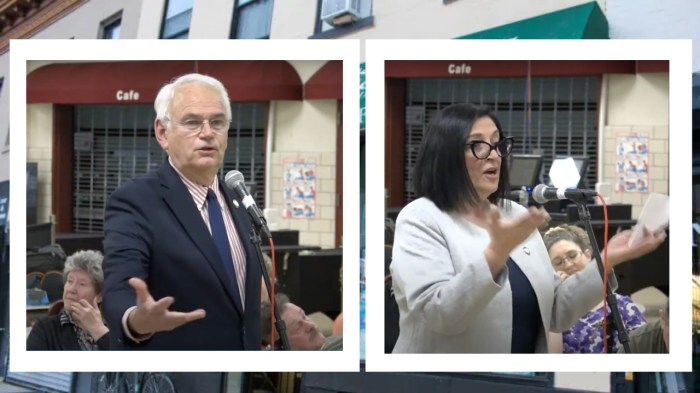
Despite strong opposition, several Queens Council Members voted in favor of the plan, including Tiffany Caban, Shekar Krishnan, Francisco Moya, Julie Won, Nantasha Williams, Selvena Brooks-Powers and Adrienne Adams. Their support helped secure the plan’s passage, although it is clear that opposition remains vocal in parts of the borough.
These Council Members primarily represent Western Queens. Community Boards 1 and 2, which mainly cover neighborhoods such as Astoria, Long Island City, Sunnyside, and Woodside, also in Western Queens, were the only ones to recommend in favor of the plan in Queens.
Community Boards 12 and 13, which cover neighborhoods in Southeast Queens such as Jamaica, Springfield Gardens, St. Albans, Cambria Heights, Queens Village and Rosedale, voted unfavorably towards the plan. However, Council Members Adrienne Adams, Selvena Brooks-Powers and Nantasha Williams, who represent the majority of these areas, voted ‘yes’ on Dec.5.
The plan’s approval comes after months of pushback from Queens communities, where rallies were held and 12 out of 14 community boards voiced opposition. Critics were particularly concerned about the elimination of parking mandates, which required developers to build a certain number of parking spaces alongside new housing. In response to this criticism, the plan was modified to preserve parking requirements in most parts of the borough, with the exception of Community Districts 1 and 2, where parking mandates will be fully eliminated.
Queens Borough President Donovan Richards Jr., a longtime supporter of the plan, expressed satisfaction with the Council’s vote. “With our borough and city in the throes of a generational housing crisis, it has never been clearer that the only feasible solution to this emergency is to build more affordable housing as quickly and as responsibly as possible,” Richards said. “The City of Yes for Housing Opportunity allows us to do just that all across the five boroughs, and I applaud both the New York City Council for its bold vote this afternoon as well as the NYC Department of City Planning for its leadership in shepherding this plan from creation to passage.”
Richards emphasized the importance of ensuring that new housing is developed in a responsible manner. “The City of Yes for Housing Opportunity is neither the magic bullet that eliminates the need to continue to rapidly build more housing nor is it the end of lower-density residential neighborhoods as some have feared. Quite simply, it is a good policy that will ensure tens of thousands of Queens residents facing housing insecurity have an affordable place to call home in the communities they love.”
He also stressed the urgency of addressing the city’s housing needs. “New Yorkers living on the jagged edge of poverty and homelessness cannot wait any longer, and we must move with the urgency demanded of us as a city,” Richards added.
While many supporters see the plan as a necessary step in combating the housing crisis, opponents argue that it may cause more harm than good for already struggling neighborhoods. The true impact of the plan will likely unfold in the coming years as new developments begin to take shape across the city.

